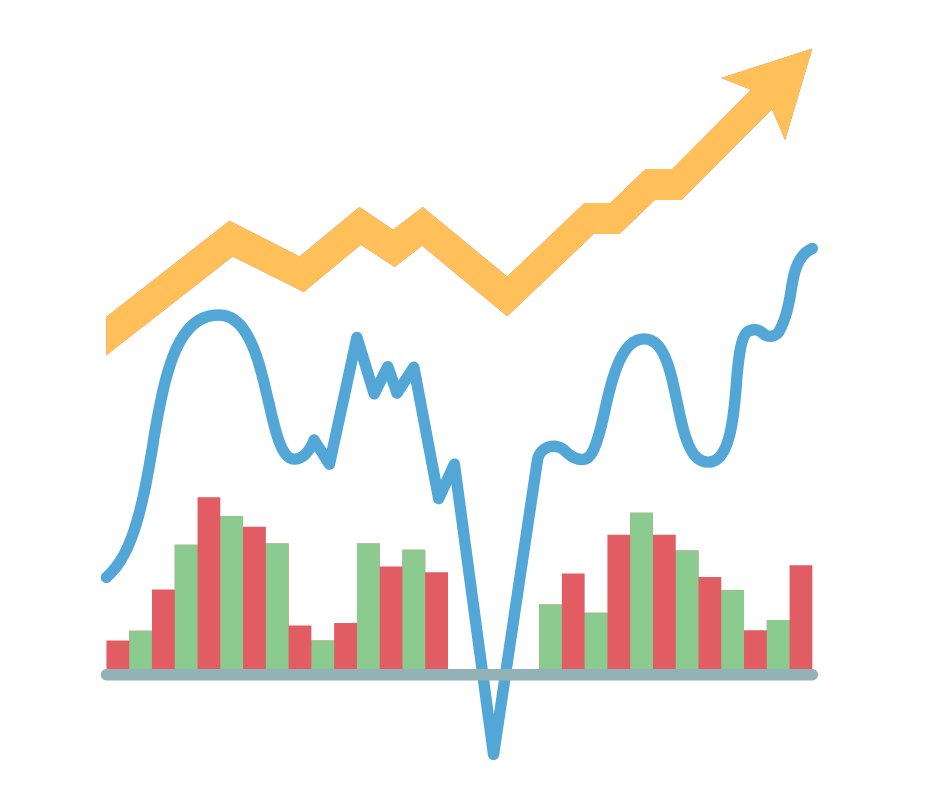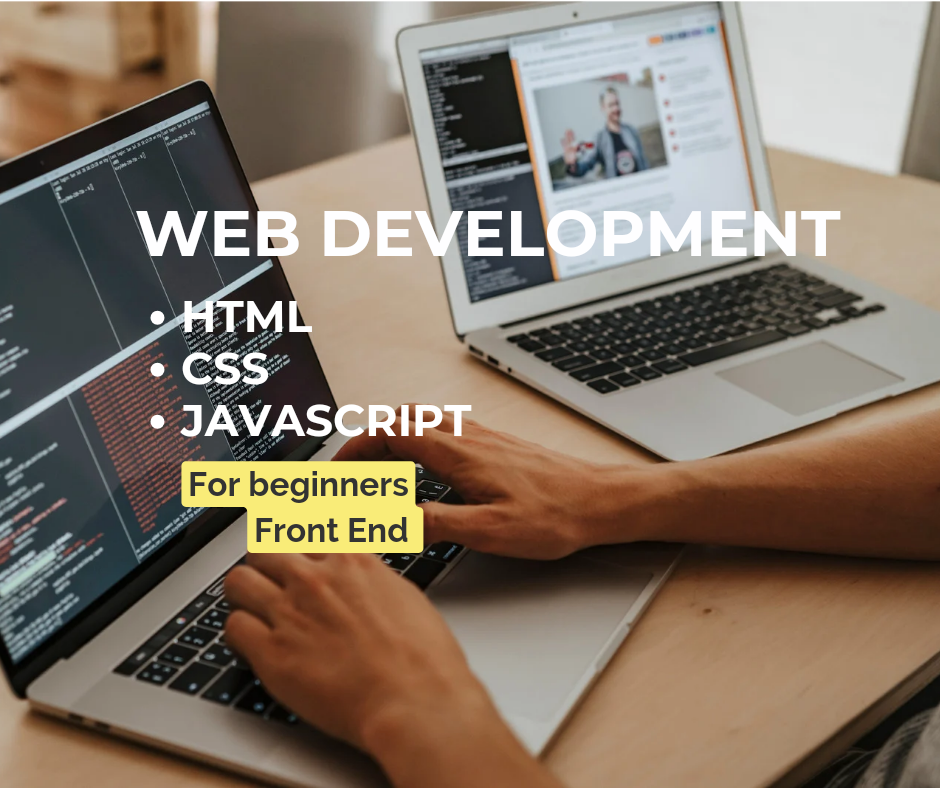Course description
What you'll learn
HTML:
Learn to structure web content using tags, elements, and attributes.
CSS:
Style HTML elements for visual enhancement using selectors, properties, and values.
JavaScript:
Add interactivity and dynamic behavior to web pages with variables, functions, and control flow.
Responsive Design:
Create websites that adapt to various devices using media queries and flexible layouts.
Version Control:
Use Git to track changes and collaborate on code repositories.
Bootstrap (Optional):
Explore frameworks for building responsive websites quickly.
Basic Back-End Development: Introduction to server-side languages and handling HTTP requests.
Databases (Optional): Understand database basics and interaction with SQL.
Web Development Tools: Utilize browser developer tools and text editors for efficient coding.
Deployment and Hosting: Learn to deploy and host web applications on various platforms.
Continuous Learning and Projects: Practice regularly, build projects, and explore advanced topics.
Community Engagement: Stay connected with other developers for support and learning opportunities.





